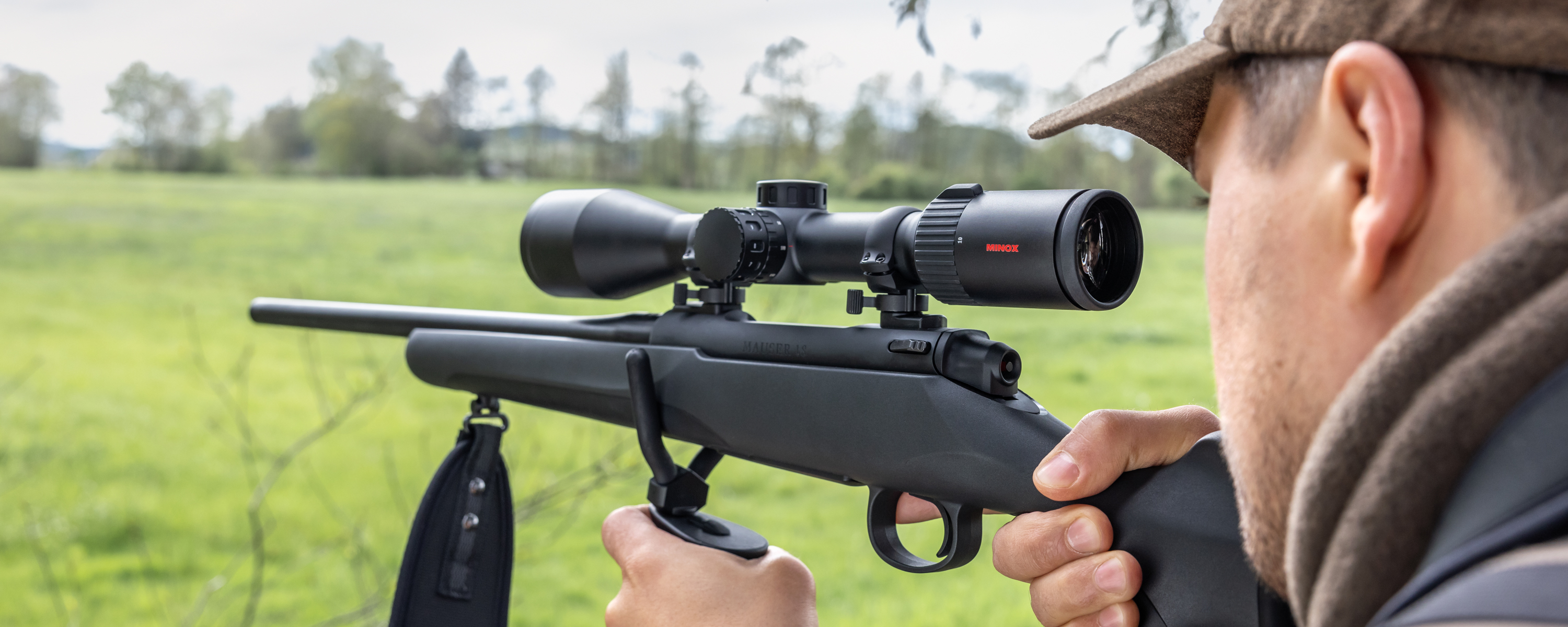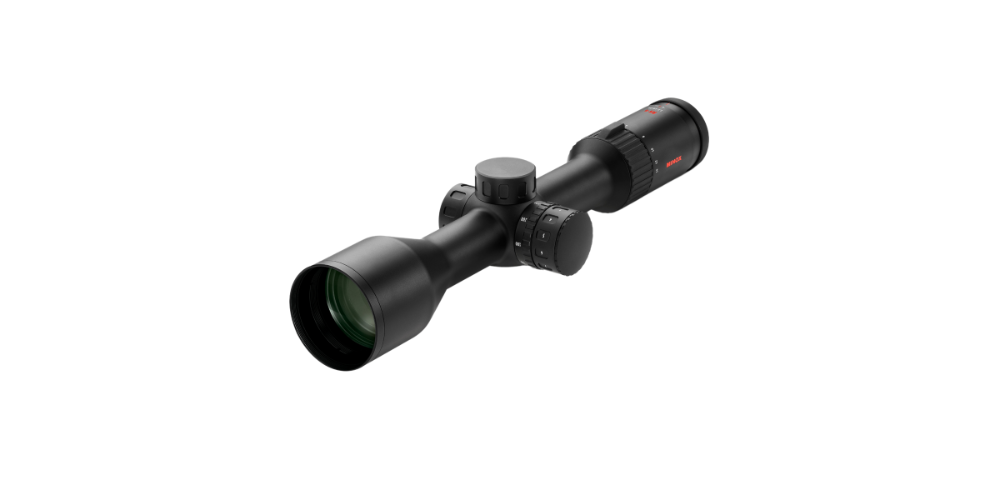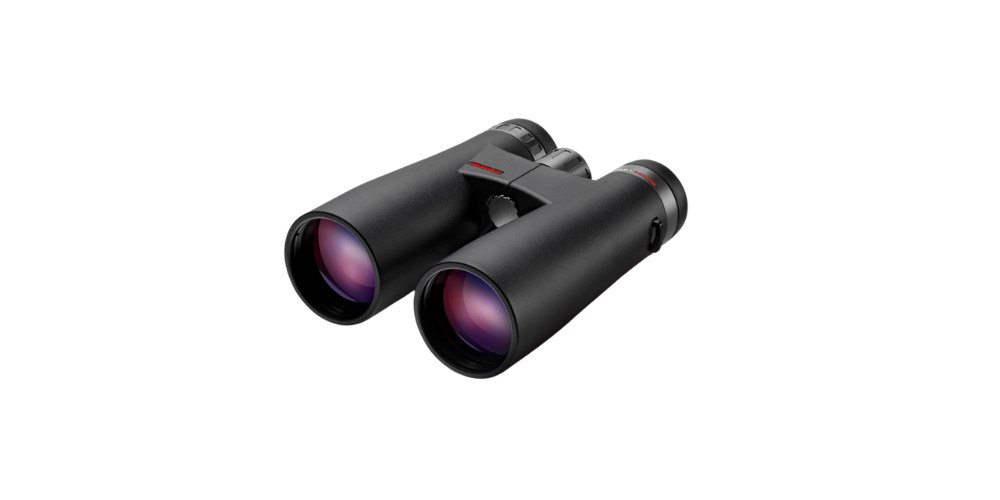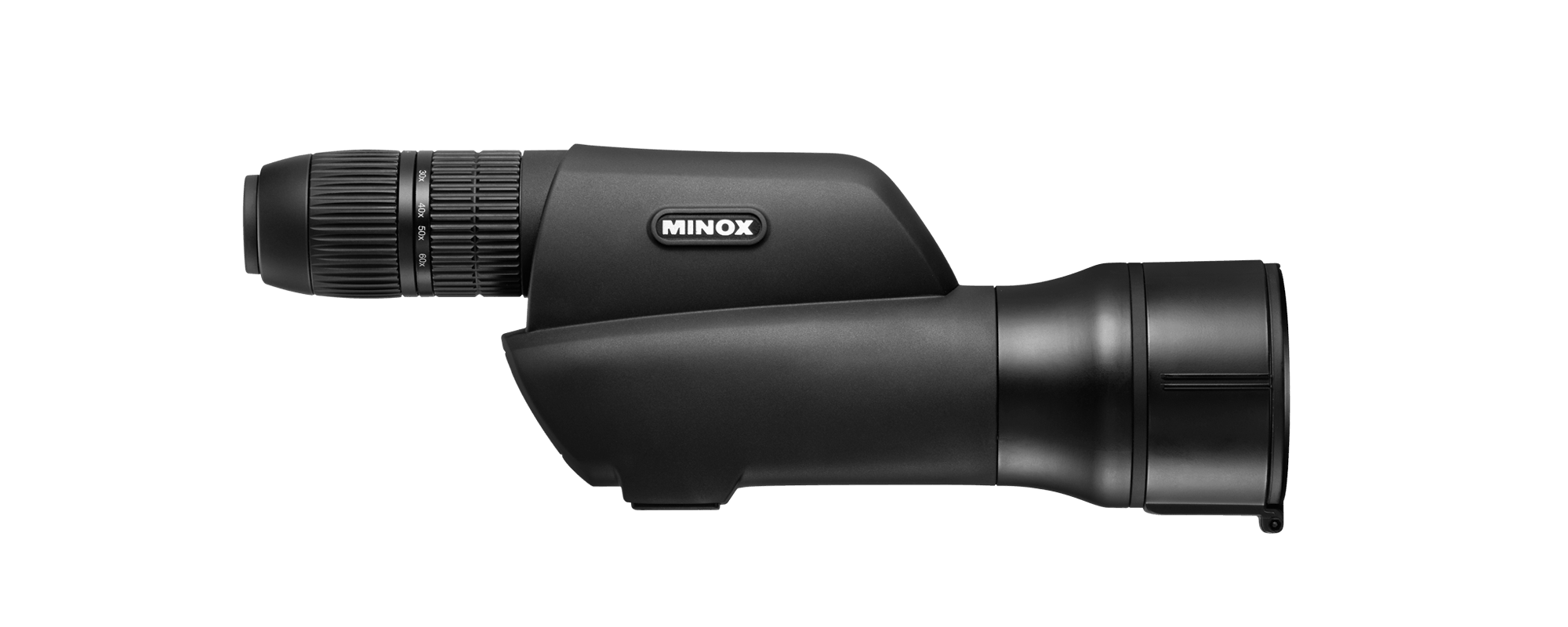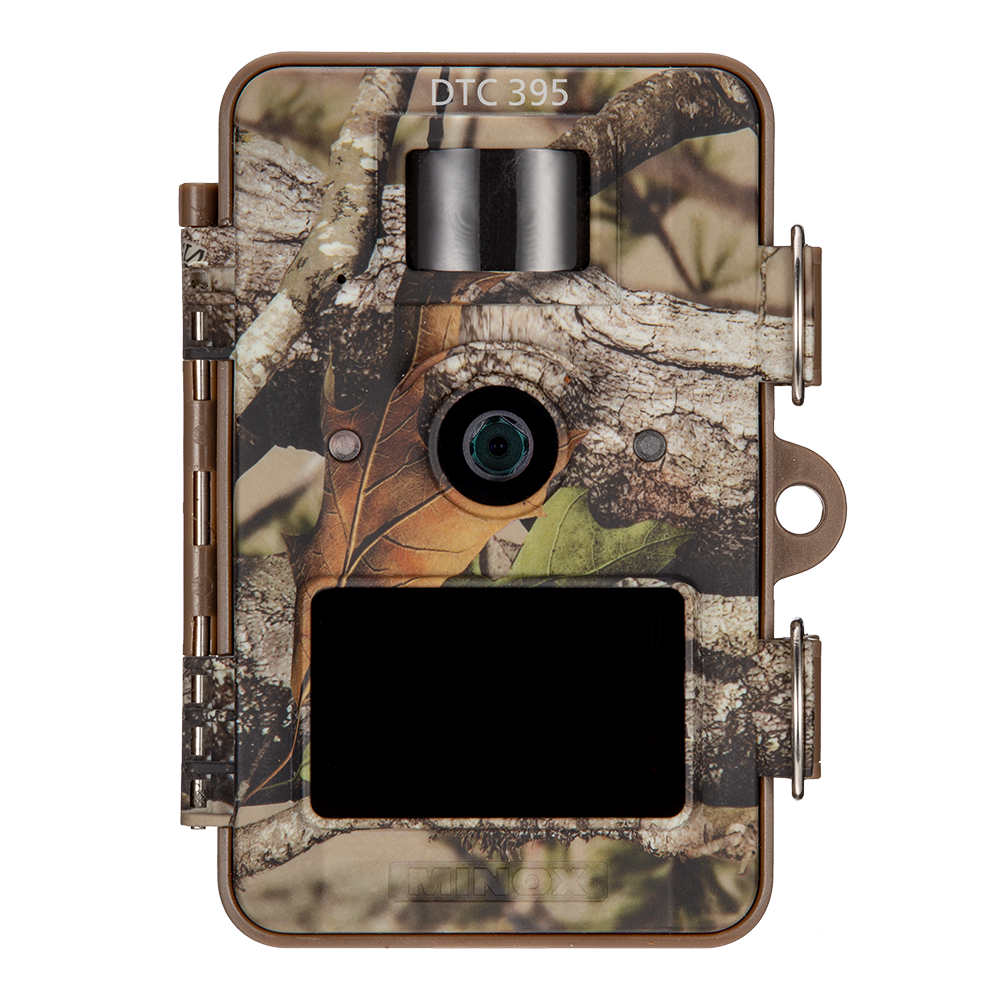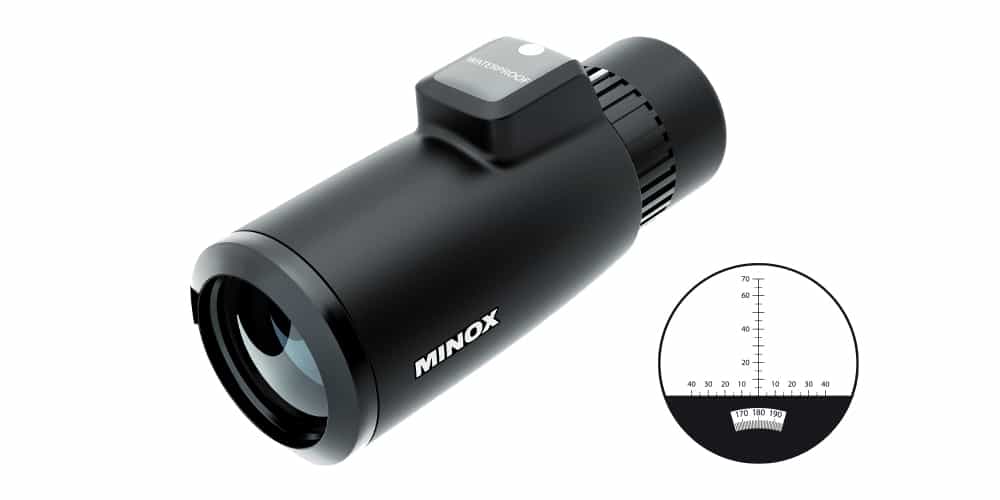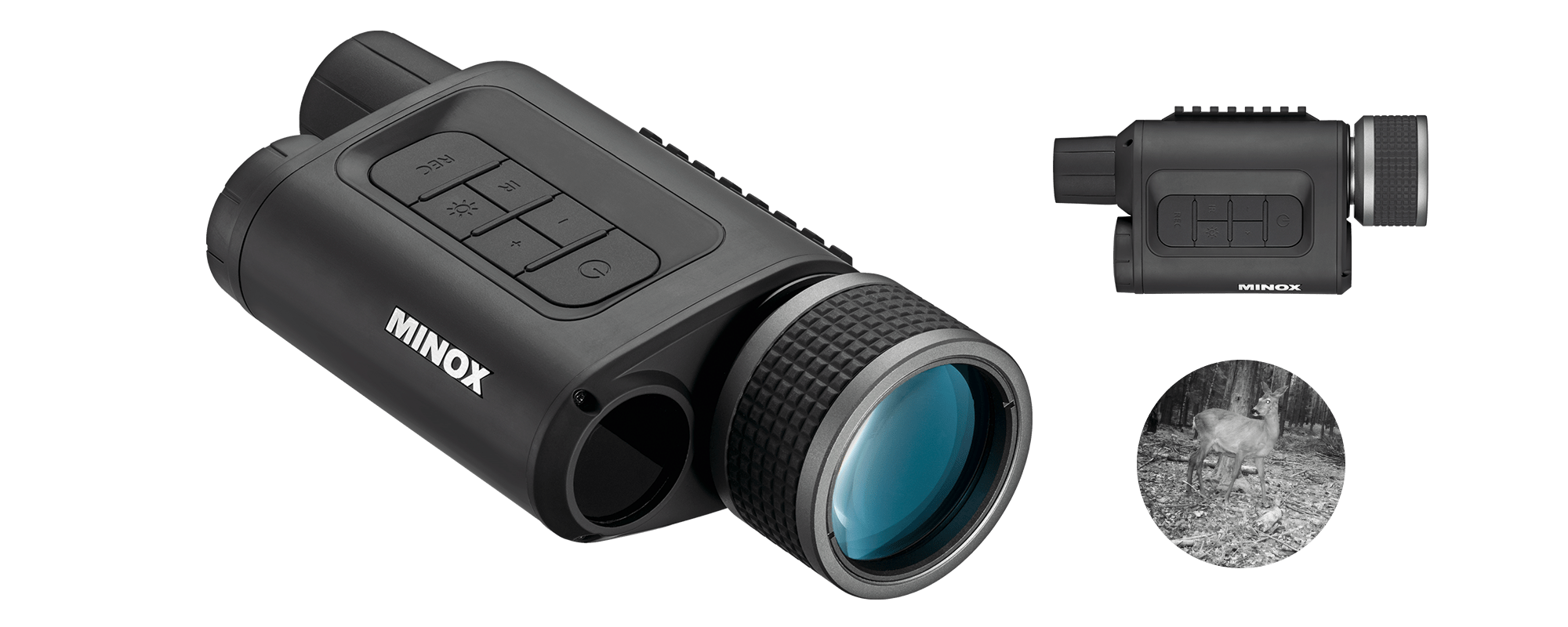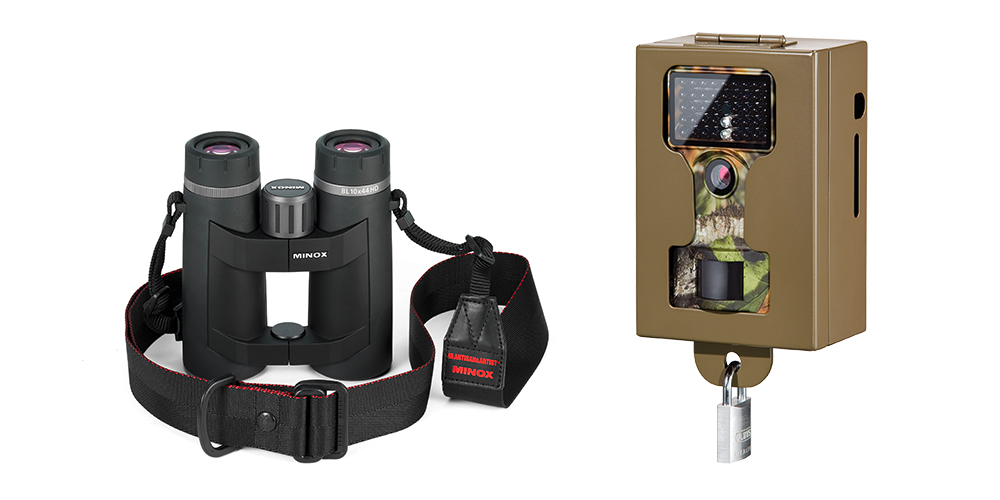

GUIDE TO CHOSSING YOUR FIRST RIFLESCOPE
TIPS FOR CHOOSING THE RIGHT RIFLESCOPE
Choosing the first riflescope is an important decision for hunters, as a well-chosen riflescope can have a significant impact on hunting success. A high-quality riflescope enables a clear view and accurate target acquisition, which is particularly advantageous in low light conditions or at long distances. Precise optics not only increase the hit rate, but also ensure compliance with hunting regulations by ensuring that the shot is fired as accurately as possible.
The factors that play a role in the selection process are explained below.
1. Magnification range
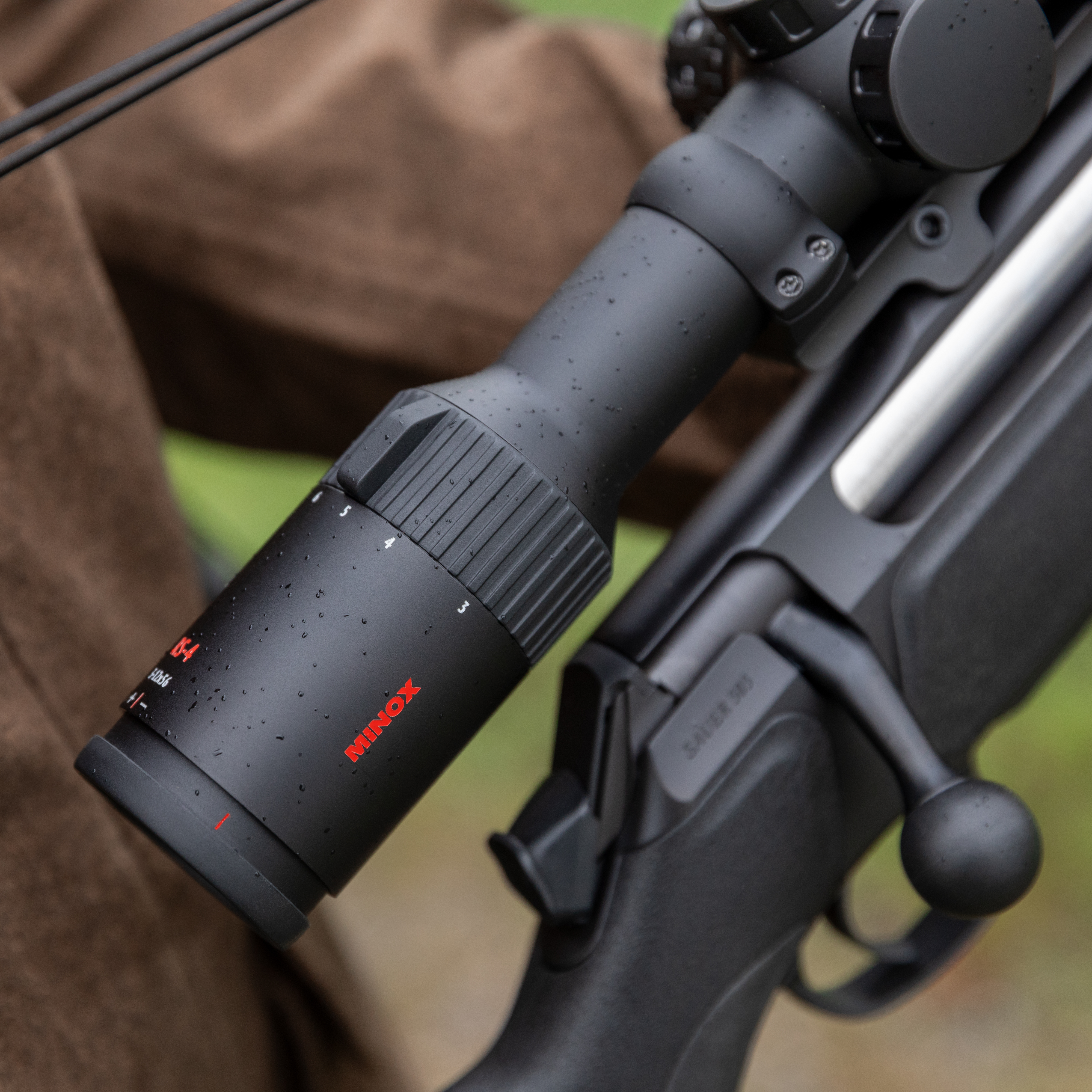
2. Objective lens diameter
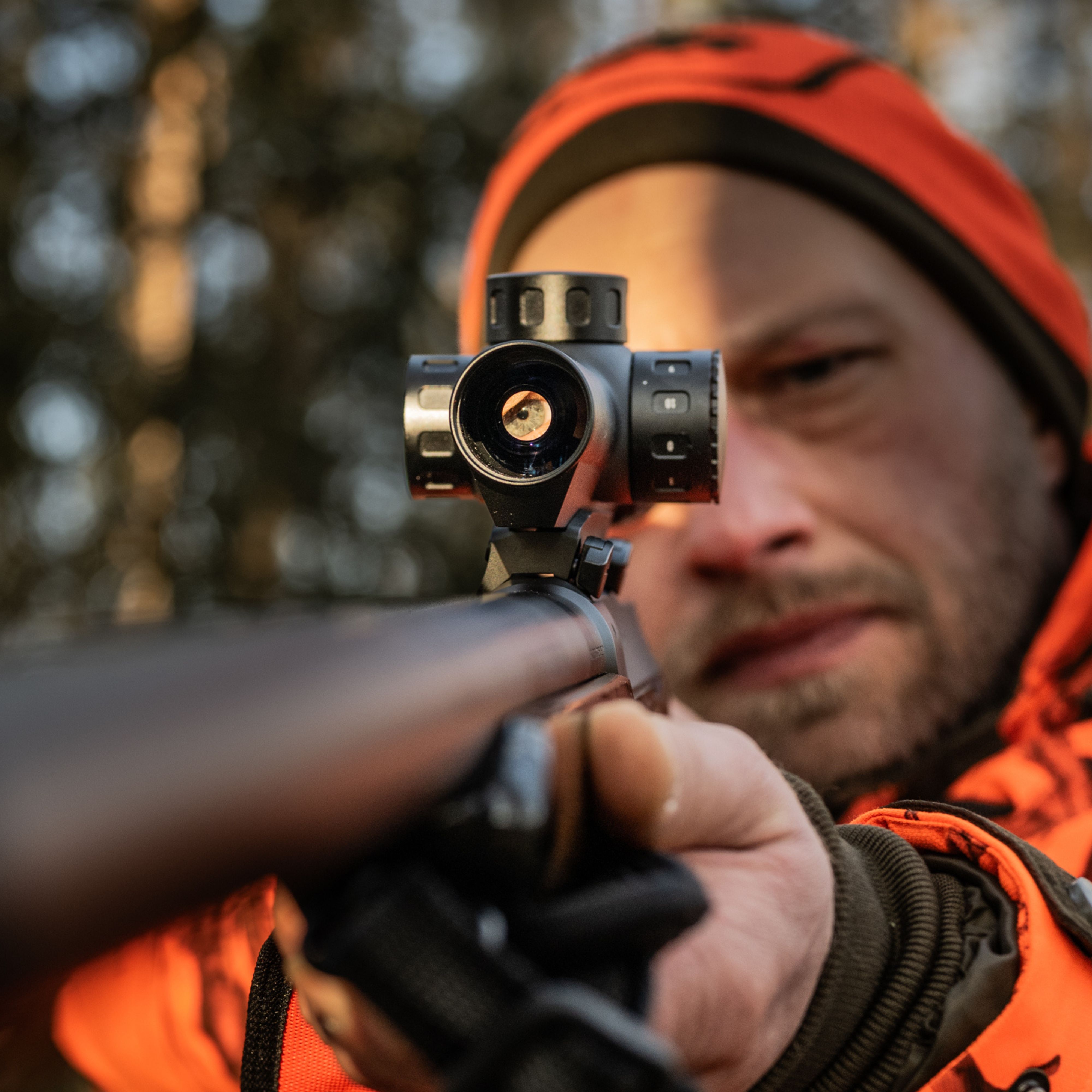
3. Image plane
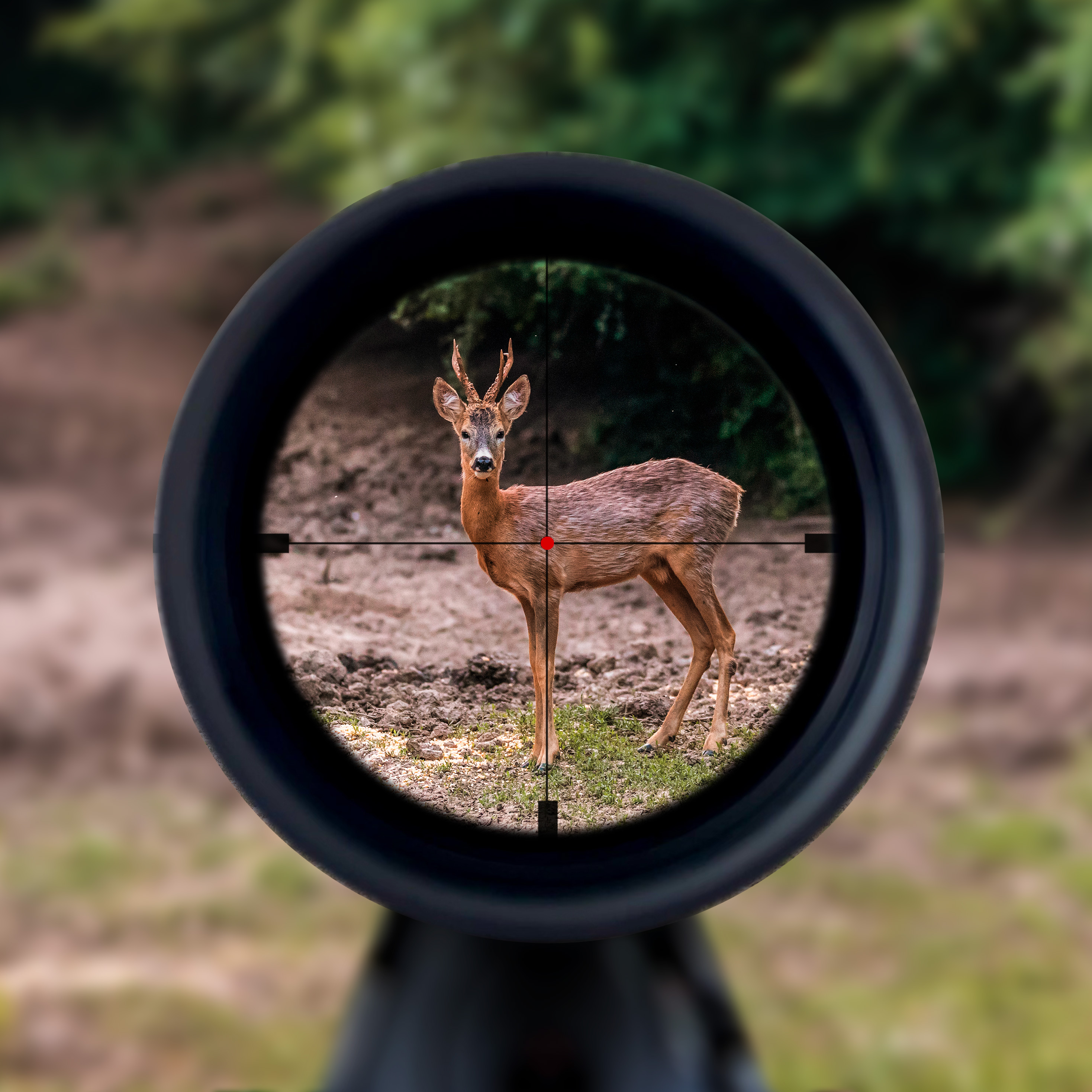
Reticle in the second focal plane:
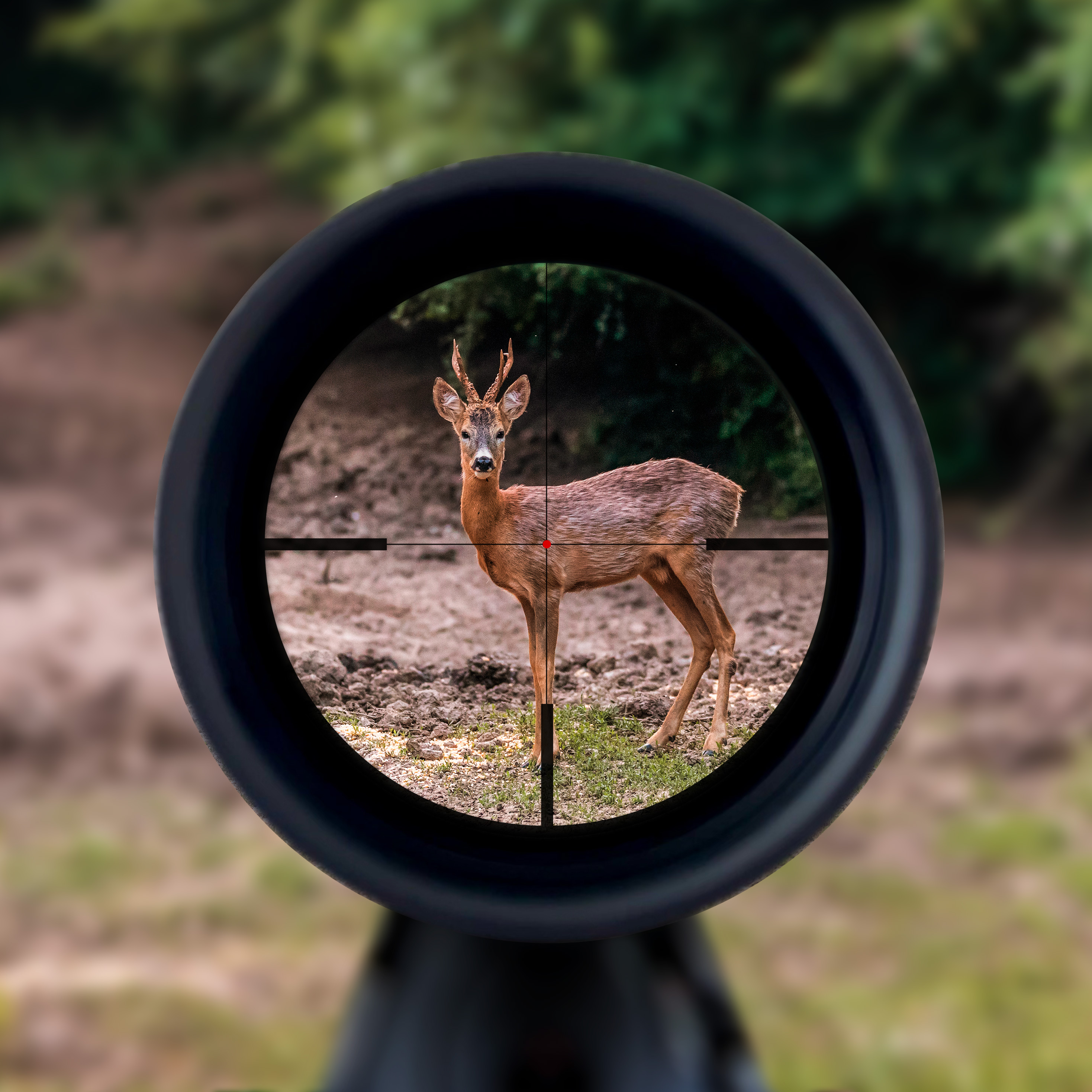
4. Area determination
Forest hunting grounds:
In dense forests, short shooting distances and often low light conditions dominate. A riflescope with low to medium magnification and a large field of view is ideal here, for example in the 1.6-10x42 range. A high light transmission value is essential to ensure a clear and bright image even in low light conditions, such as at dusk. These properties facilitate target acquisition and ensure maximum safety when hunting in unclear terrain.
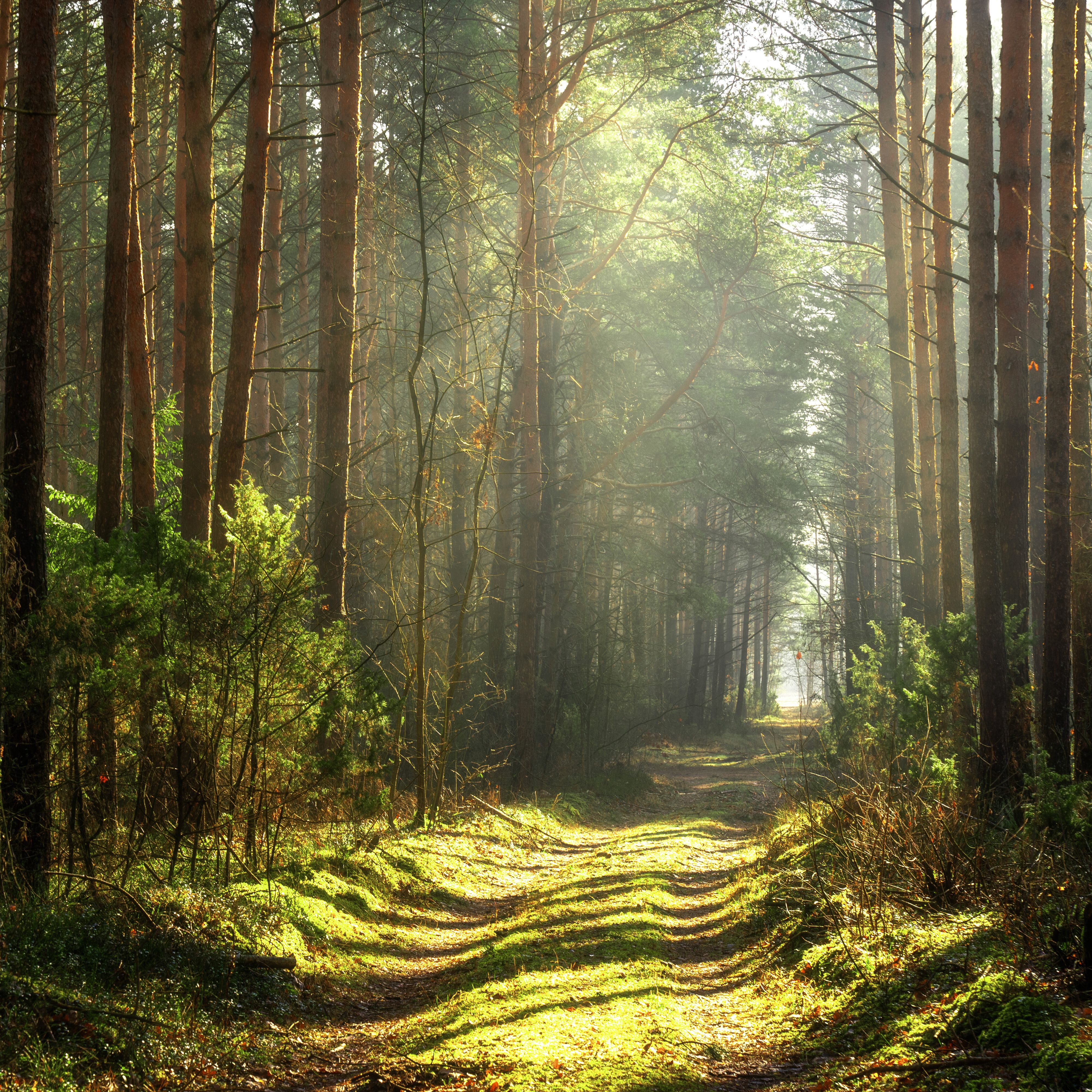
Field hunting grounds:
Open field areas often require precise shots at greater distances. A riflescope with higher magnification and a larger objective lens diameter, such as 2.5-10x50 or 3-18x56, offers decisive advantages here. These models enable reliable target acquisition even at long distances and provide excellent image brightness in low light thanks to the larger objective lens diameter and high transmission (light transmission of the optics). This combination is particularly advantageous when stalking or hunting in open terrain.
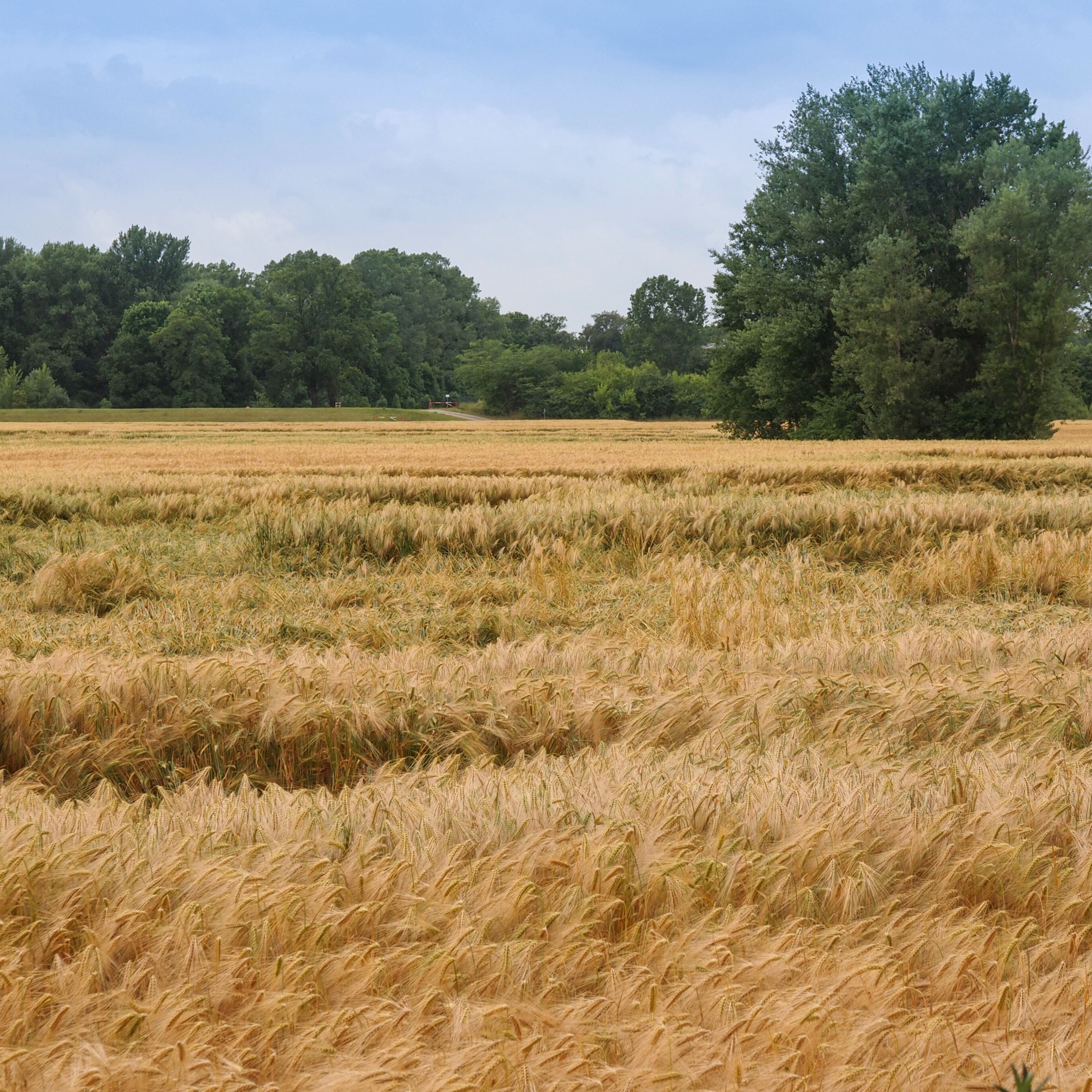
Mountain hunting:
Hunting in the mountains places high demands on flexibility, as both close-range and long-range shots may be necessary. A riflescope with variable magnification, such as 3-18x56, is ideal here as it can be adapted for a wide variety of shooting situations. In addition, a reticle with range markers or a BDC (Bullet Drop Compensation) turret makes it easier to adjust to changing distances and differences in elevation. These features make it a reliable companion in demanding terrain.

5. Quick reticle adjustment (BDC)
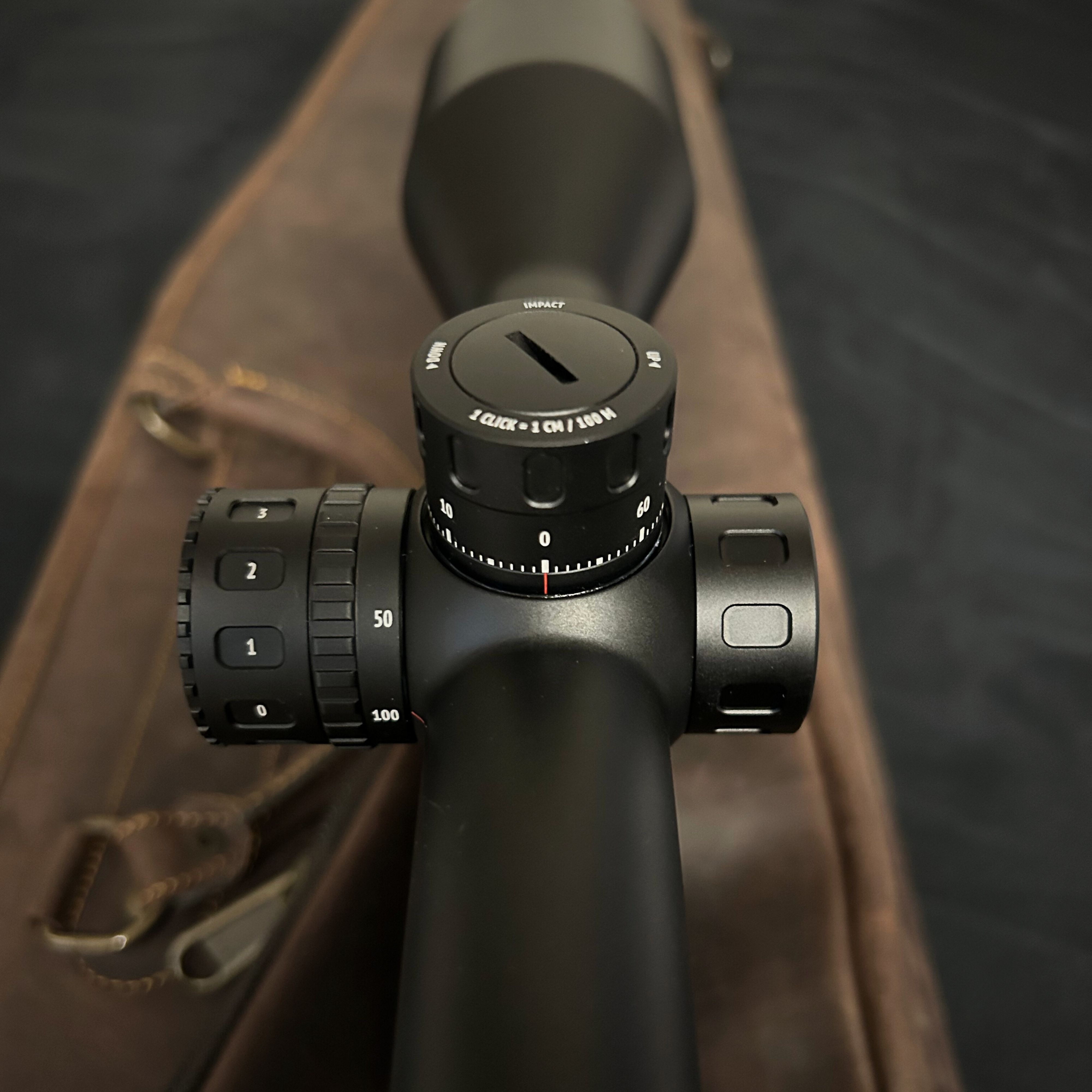
6. Mounting types

7. Additional features
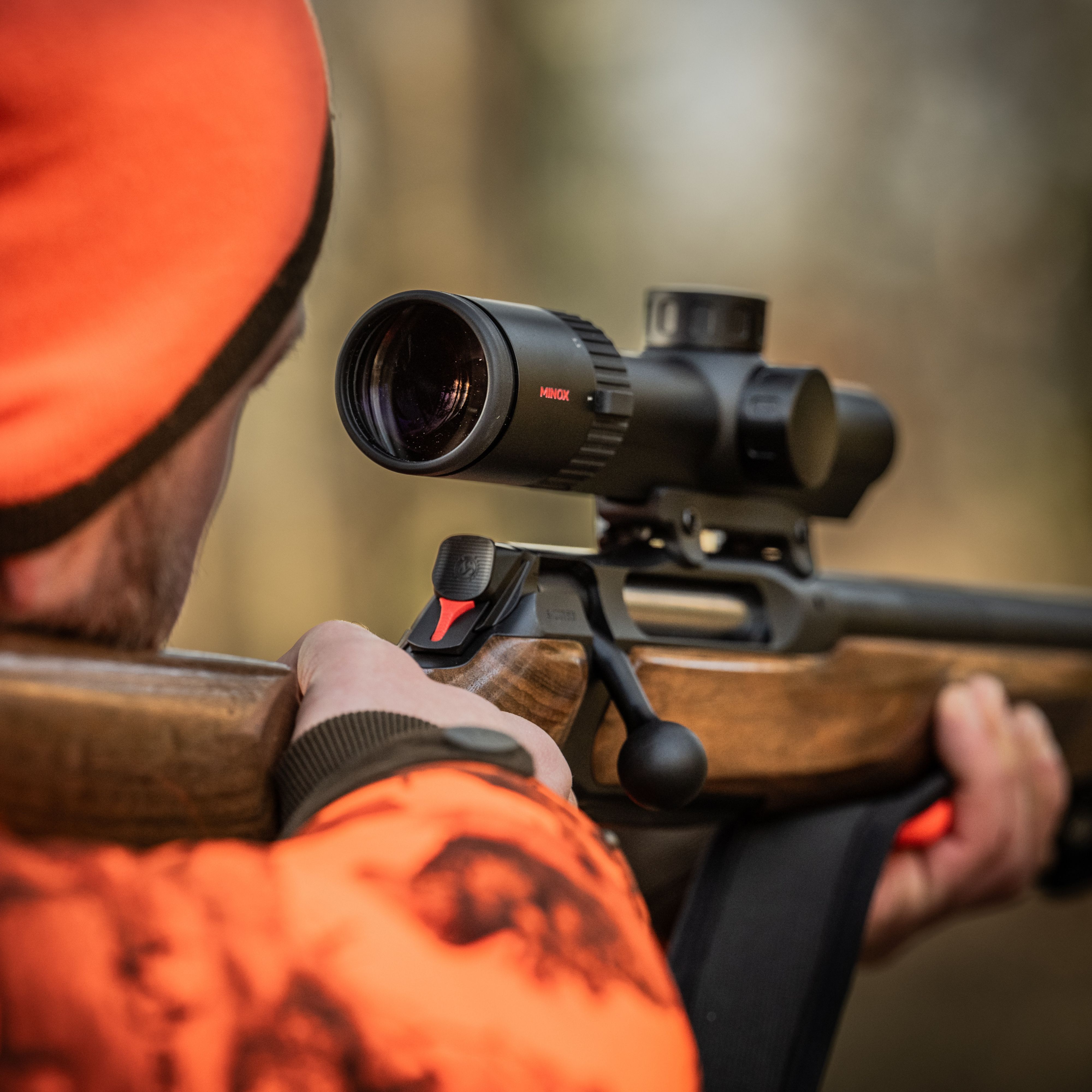
Conclusion
Choosing the right riflescope is a crucial component for hunting success. A well-chosen riflescope offers flexibility and precision by adapting to different hunting situations and light conditions. It enables a clear view and accurate target acquisition, which is particularly beneficial in low light conditions or at long distances. The ability to quickly and precisely adjust the aiming distance significantly increases accuracy. The choice of focal plane, whether first or second, depends on the shooter's individual requirements and preferences. Overall, a carefully selected riflescope that is tailored to specific needs contributes significantly to a successful and accurate hunting experience.
